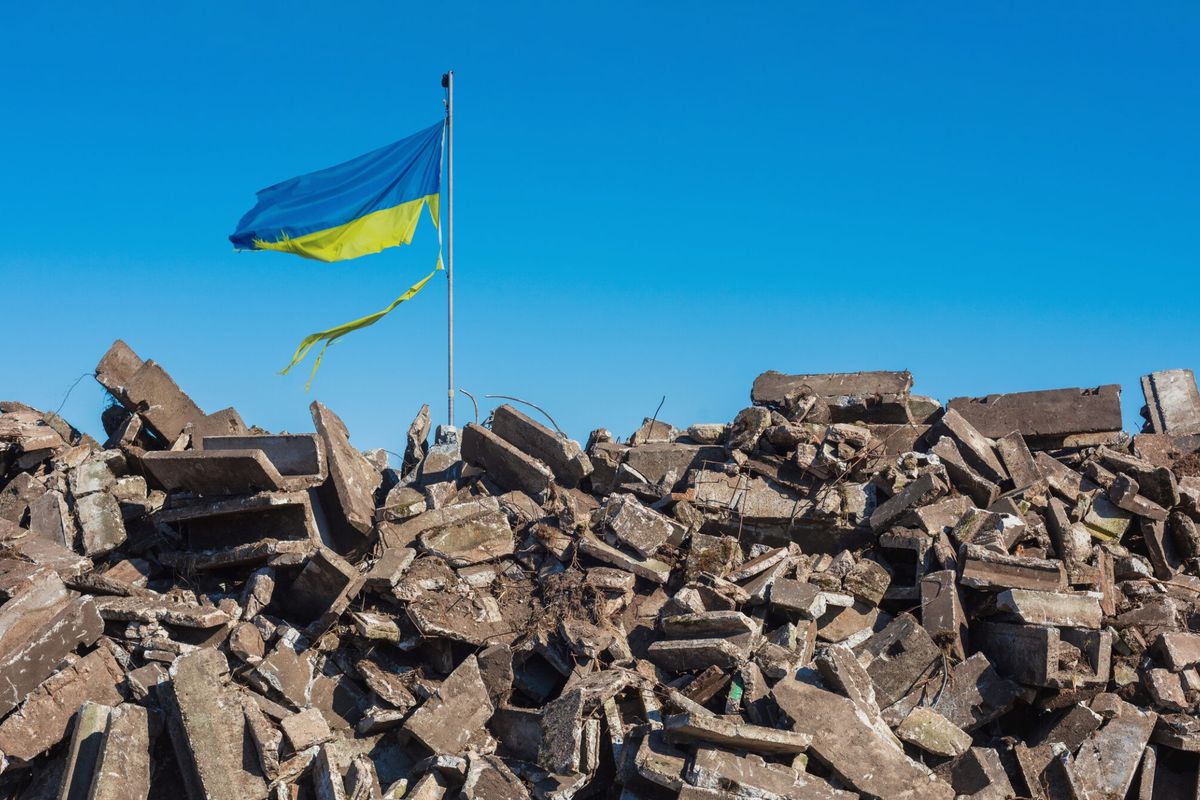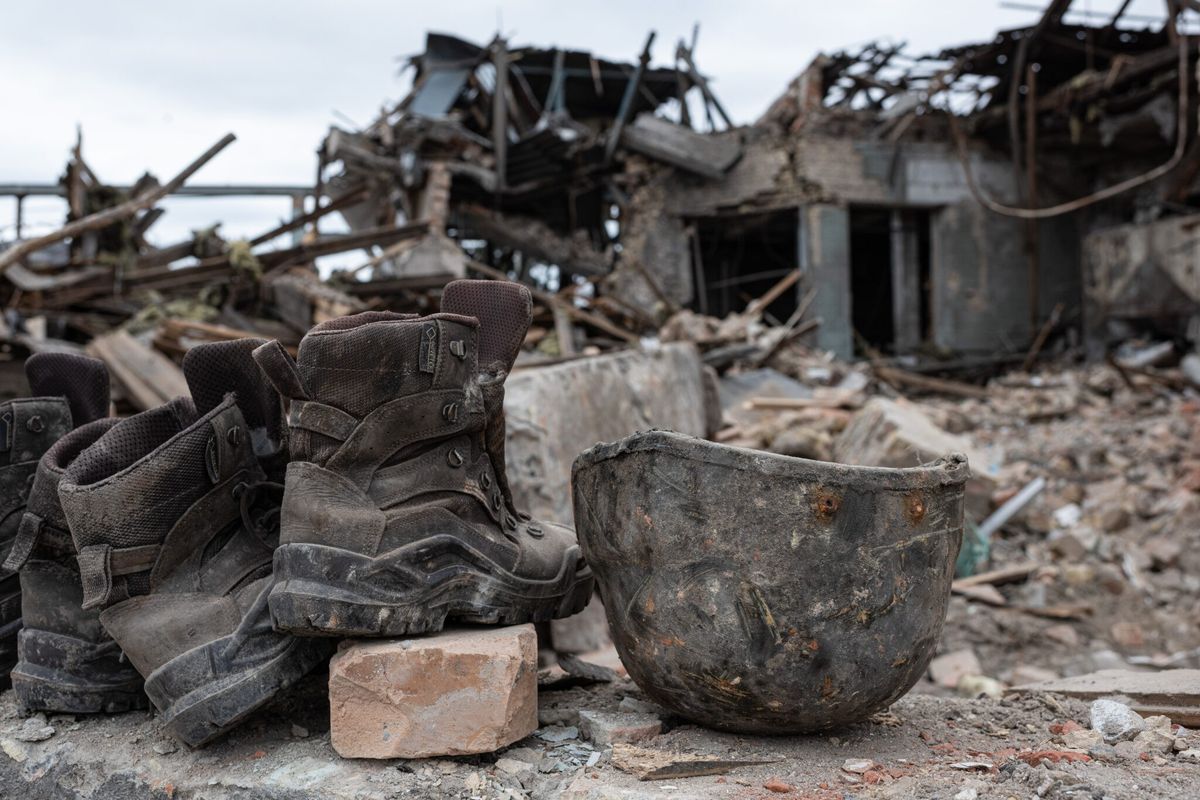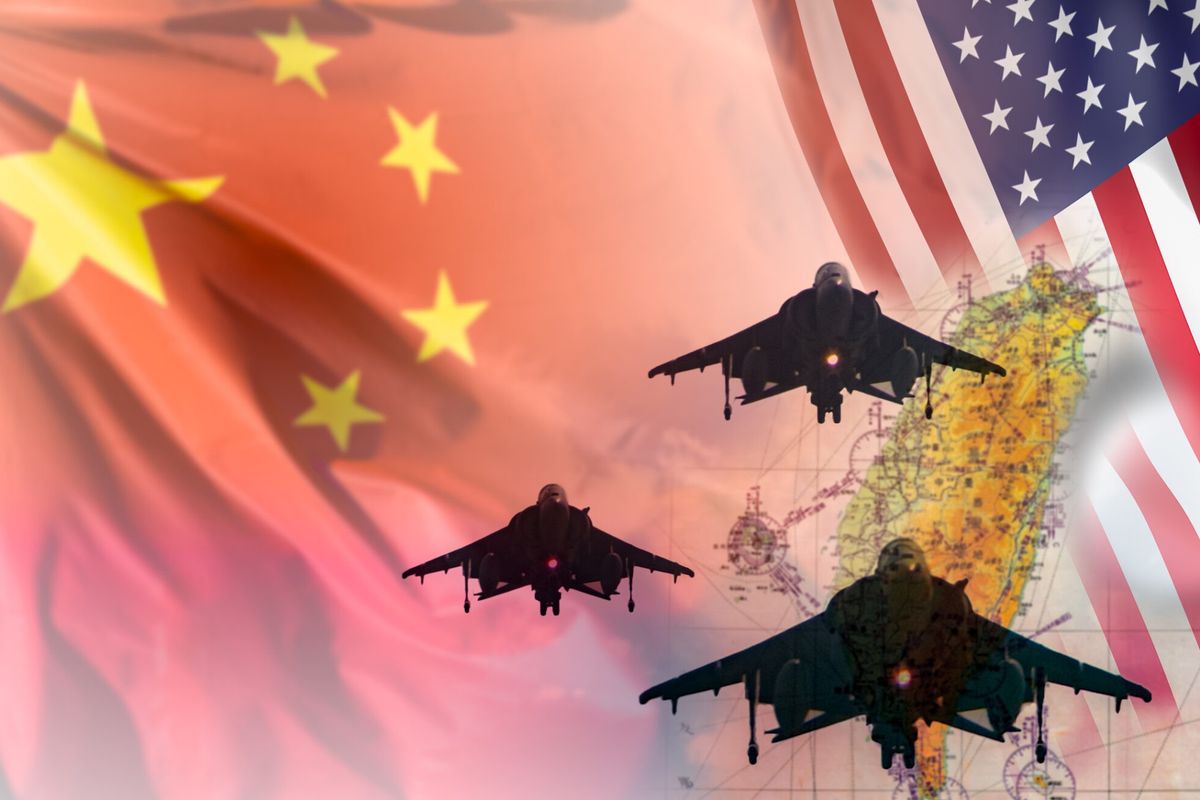President Barack Obama’s trip to Argentina and Cuba gives welcome attention to the dynamics and challenges of Latin America and the Caribbean. While designed to capitalize and build upon positive developments in both countries, it also invites reflection on what will be his legacy there.
At the beginning of his term, President Obama introduced himself to Latin America and the Caribbean with an address at the 2009 Summit of the Americas in Port of Spain that contained a message of both U.S. respect for and commitment to its neighbors in the Western Hemisphere, raising hopes for a different and positive engagement with the United States. Yet as has happened with both his Republican and Democratic predecessors since the end of the Cold War, pressing domestic challenges and events in other parts of the world pulled the President’s attention away.
The three most significant true components of the Obama legacy with respect to Latin America and the Caribbean are likely to be re-engagement with Cuba, a more respectful attitude toward the region, and the Trans-Pacific Partnership (TPP). Yet in each case, the Administration’s bold policies may look less positive with time.
President Obama’s efforts to rebuild the U.S.-Cuba relationship has been the most visible element of his policy toward Latin America and the Caribbean, and domestically, the most controversial. He not only has restored diplomatic relations with the island, but has used his executive authority to expand U.S. economic and other forms of engagement to—and some would say beyond—the limits of the U.S. embargo on the island. While the President’s engagement with Cuba has been very well received within the region, his efforts have arguably produced few real concessions from the Cuban side; the Castros have adopted friendlier rhetoric and avoided activities openly provocative to the United States, while Cuba seeks the elimination of sanctions to help the regime survive as its principal patron in the region, Venezuela, implodes.
For Obama, the short-term risk is that the regime will crack down on dissidents or otherwise embarrasses the President as a demonstration of Cuban independence. To this end, Venezuelan President Maduro’s trip to Havana to sign cooperation agreements two days before President Obama’s arrival, was not a promising sign.
Yet whatever happens this week, during Cuba’s upcoming 7th Communist Party Congress in April, Raul Castro will likely renounce one or more of his leadership posts, supporting the Obama narrative that US engagement is leading to gradual political transition in Cuba.
The longer-term risk with respect to the island is that, in January 2017, if the incoming U.S. President and Congress do not appear likely to eliminate sanctions, the Castros may give up on their strategy of using engagement to produce gradual political change in the U.S. A disillusioned Cuba could suddenly become more disposed to negotiate Russian access to Cuban bases and listening posts or to renew its active pursuit of a subversive political agenda in the region.
The second element of the Obama legacy, a more respectful orientation toward the governments of Latin America and the Caribbean, has played well there. Yet while Secretary of State John Kerry’s November 2013 proclamation of the end of the Monroe Doctrine generated thunderous applause at the Organization of American States, it also increased the likelihood of miscalculation by signaling to extra-hemispheric actors such as Russia, China, and Iran that the U.S. accepted and did not feel threatened by their continuing advances in the region.
As part of the more respectful and deferential U.S. posture, the Obama team avoided annoying Venezuela's Latin American neighbors by not more forcefully condemning the Chavez-Maduro regime in Venezuela for hijacking democracy, and fomenting subversion and criminality in the region. Yet the restrained U.S. posture arguably facilitated the advance of socialist populism and created moral inconsistency as the U.S. pursued its policy agenda of democracy, human rights, and rule of law.
The third element of the Obama legacy, the Trans Pacific Partnership, is commonly associated with the Administration’s policy toward Asia. Yet the agreement, finally signed in February 2016 in Auckland, New Zealand, will arguably do more than any other Obama administration initiative to help the states of Latin America achieve a “win-win” engagement with their counterparts in Asia on a level playing field, with transparency, and in a framework characterized by the rule of law. Yet the ratification of the TPP is not certain, and the failure of the U.S. to ratify it would cast a long shadow over U.S. leadership in international trade and other matters.
Beyond these three initiatives, many other developments in Latin America and the Caribbean will also be associated with the Obama legacy, even if, in reality, the Administration played only a marginal role.
One such dynamic is the current ebbing in the tide of populist socialism in the region. As during earlier eras, such demagogic regimes, which came to power through popular frustrations regarding real problems of underdevelopment, corruption, and inequality, are collapsing from the disastrous effects of their policies.
In Argentina, President Obama’s visit will expand cooperation now possible with the election of the country’s business-oriented President Mauricio Macri. Yet the visit will also implicitly celebrate the civic spirit shown by Argentines in voting to end the corruption, mismanagement, and self-isolation of Macri’s predecessor before the country imploded economically (as is currently occurring in Venezuela) and before democracy became too co-opted by the populist elite to rescue itself.
Yet Macri has inherited a bankrupted and politically polarized country. His aggressive initial steps to turn Argentina around have been promising, yet there is no guarantee that Macri will have the political space or resources to succeed.
Another manifestation of such civic spirit against corruption and mismanagement occurred in Bolivia where, in February 2016, voters rejected an attempt by Bolivia’s indigenous President Evo Morales to amend the constitution to compete for a fourth term in office. Yet while Morales admirably accepted the decision of the voters, the victory for democracy could foment disorder; Morales brought a decade of stability to a country previously characterized by constant political turmoil. Although that stability was arguably achieved with the help of a pact that bought-off the opposition businessmen of the “Media Luna” states, Morales’ successor may not have the national standing or skill to maintain peace among a minefield of mobilized indigenous groups, syndicates, and other interests in the country.
In the third instance of the retreat of populist socialism, in December 2015, Venezuelans elected opposition politicians to over 2/3 of seats in the Venezuelan national assembly, rejecting the populist socialism of Nicholas Maduro. Yet the overwhelming opposition victory only increased the probability that the standoff would end in violence. In a series of highly questionable, seemingly partisan votes, Venezuela’s highest court stripped the opposition of its supermajority, declared various legislative acts by the opposition unconstitutional, and gave the President power to implement emergency economic measures without the consent of the Congress.
Venezuela's standoff also extends to the military, since many leaders of the National Guard and other forces are so involved in illicit activities that they are obliged to support the government, fearing that any new regime will pursue criminal investigations against them. The result is a near total political and military stand-off as the country implodes economically, without the domestic industry to produce food for its people, and without the foreign currency to buy it, while still servicing the debt. The stand-off makes increasingly likely generalized violence and the disintegration of the armed forces into criminally affiliated bands, amidst a humanitarian crisis of immense proportions.
Beyond the ebbing tide of Bolivarian socialism, the peace process in Colombia will also likely be evaluated as part of the Obama legacy in Latin America. Fifteen years of U.S. support for Colombia arguably helped the nation to pursue peace from a position of strength, and the Obama Administration committed $450 million to support the nation in implementing an eventual agreement. U.S. special envoy Bernard Aronson was reportedly a respected and useful facilitator in the talks. Yet, as noted in a previous article, if a peace agreement is reached, significant numbers of demobilizing guerillas from the Fuerzas Armadas Revolucionarios de Colombia (FARC) are likely to join criminal bands or to pass into the ranks of Colombia’s other criminal insurgency, the Ejercito de Liberacion Nacional (ELN). Others may be targeted for reprisals, as happened previously with the assassination of thousands who demobilized to form the Union Patriotica political party.
Central America may be yet another double-edged sword for the Obama legacy in the region. While the $750 million that the administration secured for Honduras, El Salvador, and Guatemala during the current fiscal year represents a substantial and necessary increase in funding for the region, it appears that much of the decrease in child migrants arriving at U.S. borders following the surge of 2014 is because the Mexicans, encouraged and assisted by the U.S., are now turning many of them back at their southern border.
Thanks in part to U.S. intelligence and assistance from U.S. law enforcement, Central America has dismantled important portions of family-based narcotics smuggling groups, such as the Cachiros and Valle Valles in Honduras, and the Mendoza, Lorenzana, Leon, and Lopez Ortiz clans in Guatemala. Yet it is not clear that such assistance has decreased the flow of drugs through the region or merely has changed the routes.
With respect to the region’s major gangs, Mara Salvatrucha (MS-13) and Barrio-18 (B-18), Honduras has made some progress, albeit largely through the employment of military police units, which the administration has sought to maintain a distance from, rather than police units such as the Tigres, which the U.S. has more actively supported.
In El Salvador, with the breakdown of the 2014 gang truce, murders as well as extortion have exploded. With a homicide rate of 104 per 100,000, El Salvador is the most violent country not at war in the world.
In Guatemala and Brazil, the Obama administration can celebrate the demonstration of courage and civic spirit in taking on corruption at the highest levels of government, to include the imprisonment of Guatemalan President Otto Perez Molina, a criminal investigation against former Brazilian President Luiz Inácio Lula da Silva, and the possible impeachment of Brazil’s sitting President Dilma Rousseff. Yet it is not clear what social unrest impeachment could unleash. The unfolding scandal in Brazil has politically paralyzed the nation, responsible for half the GDP of South America, with the economy in a free-fall, contracting at almost 4 percent a year.
Perhaps an even greater threat to the Americas is the Zika virus, whose rapid spread threatens to cripple a generation of children through severe birth defects such as microcephaly, overwhelming public healthcare and social services system.
In fairness, little of the successes and the threats mentioned is directly attributable to Obama administration initiatives. The President has the benefit of a highly competent, professional Latin America team. The Western Hemisphere team’s speeches and policy documents are reasonable and thoughtful, although it is not clear who, outside Washington DC notices. Moreover, at least with Cuba, the President has turned to the National Security Council (NSC) to develop his key Latin America initiatives, and indeed, it was NSC director Susan Rice, not a State Department official, who presented President Obama’s trip to Cuba and Argentina through a speech at the Atlantic Council on March 17th.
President Obama’s legacy in Latin America and the Caribbean is likely to look much less positive a year from now than it appears today. Yet the challenges in the region also suggests that, despite some good news stories, Latin America and the Caribbean stand at the precipice of multiple, simultaneous, major difficulties. While Middle East experts may have found similar reasons for concern during the optimism of the Arab Spring, Latin America and the Caribbean are wedded to the U.S. by ties of geography, family, and economic interdependence. Its descent into chaos would profoundly and immediately impact U.S. national security interests and the U.S. position in the world.
Whoever is the next U.S. President would be well advised to pick up where Barack Obama started: with respect and a display of commitment to the region, reflecting its profound importance to the security and prosperity of the United States.
Beyond specific policies, whoever is president must be prepared to appoint a policy leadership team which is both first-class, and which has the confidence of the President. Moreover, the next President should be prepared to stay the course in Latin America, knowing that the path will neither be cheap, nor easy, and that imperatives at home and the rest of the world will continue to compete for attention.
Only then can the next President end his or her term celebrating partnerships and successes that his or her team has been key to building and with confidence that those successes will endure after leaving office.
The views expressed in this article are strictly the author's own.












